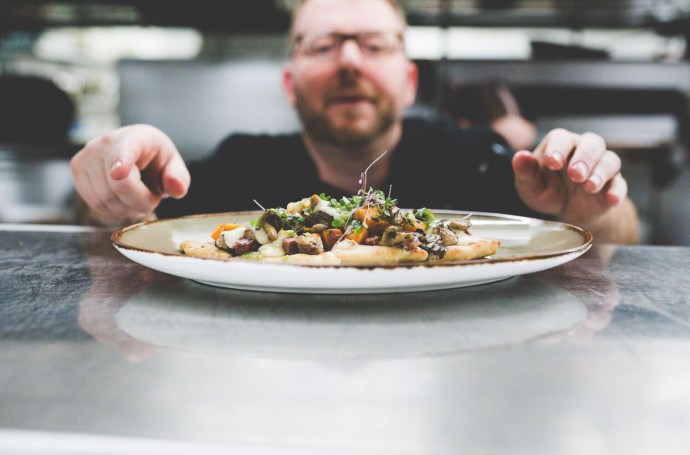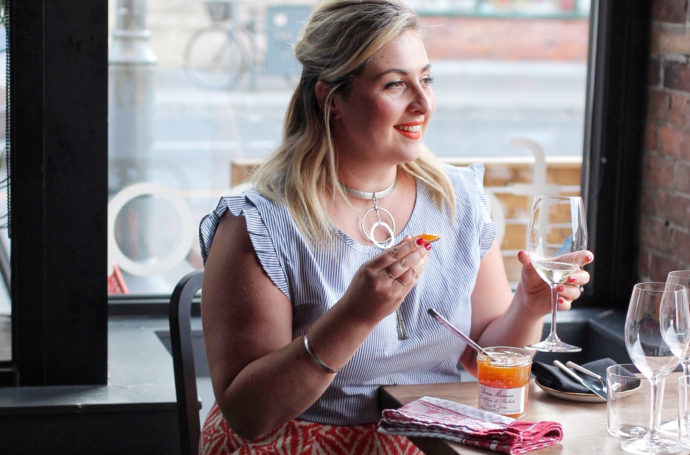Disclaimer: ‘Allstate Takes Action’- How roundabouts can improve road safety in Ottawa is for informational and educational purposes and is intended to raise awareness about roundabouts and promote safe driving in Ottawa. This post was paid for by Allstate Canada.
First, I want to thank you for taking the time to read this. I understand that road safety isn’t glamorous, but it’s important to me, and it should be important to you too. Road safety impacts every single person every day, regardless if you’re a driver, a passenger, a cyclist or a pedestrian. The more we are all informed, the safer our driving habits and roads will be.
What is Allstate Takes Action?
Allstate Canada conducted its 10th annual Safe Driving Study, as well as their Canadian-wide contest Allstate Takes Action to improve road safety in their local communities. The winning idea selected was from Nepean, Ontario and focused on roundabout safety.
Later in the post, we will get to learn more about roundabouts, why we use them and how to use them safely. But first, let’s look at some road safety stats in Canada.
The 2018 Safe Driving Study revealed that Ottawa was ranked among the 10 least safe communities to drive in due to a higher frequency of collisions compared to other Canadian communities.
Here are a few jaw-dropping statistics about road safety in Canada according to the survey:
- Winter months are dangerous on the road, December to February see the highest collision rates
- Rear-end collisions are the most common type of vehicle collision on Canadian roads
- Sunday is the safest day to drive with the lowest number of collisions reported
- Winter tires are a known preventative measure to ensure safety while driving in the colder months
- The days leading up to Christmas have been historically the worst days to drive, with December 23rd consistently ranking as the worst for a high frequency of collisions
- However, Christmas Day has been found to be the safest day to drive, with the least collisions reported
- Friday has been the worst weekday for driving across the country for the entire decade and continuously records the highest number of collisions over other days of the week
What can we do to improve road safety?
- Plan your route before you leave. Give yourself more time to get to your destination, so you don’t feel rushed.
- Set up your GPS and entertainment (podcast) before you start the car. I like listening to podcasts and audiobooks because I find them calming and entertaining. I also don’t focus on traffic so much.
- Don’t touch your phone. Put it somewhere out of reach or leave it in your purse. I actually asked my son Victor to hold me accountable if I ever reach for my phone in the car (trust me it works!)
- Invest in winter tires for your safety and that of others (I can’t believe Quebec is the only province where winter-tires are mandatory).
- Leave enough room between you and the car in front of you.
- Learn how to use roundabouts and appreciate how safe they are, instead of being frustrated when you approach one.
- Brush up on road safety and traffic signs. Quiz your kids to make it fun and for them to learn road safety! I do this with Victor who is THE ultimate backseat driver!
Why roundabouts?
Roundabouts are known to significantly reduce vehicle collisions: they have 35% fewer crashes, 90% fewer vehicle-related fatalities and 76% fewer vehicle-related injuries.
Due to its design, it reduces the chances of head-on or turning collisions, one of the most common reported collisions. They have a larger capacity and have the ability to keep the flow of traffic going because they have fewer stops.
How to use roundabouts?
Currently, there are 21 roundabout intersections in the City of Ottawa. But the reality is, for them to work effectively, we need to know how to use them. Here are some useful tips on how to use a roundabout:
- Yield to pedestrians first, then yield to traffic already using the roundabout. They have the right of way.
- Drive counter-clockwise in the roundabout and always to the right of the central island.
- Don’t cut drivers off when entering a roundabout, only enter when it is safe to do so.
- Use your signal when you’re about to exit the roundabout.
- Do not change lanes in a roundabout, and use the proper lane in a two-lane roundabout.
- Do not stop in a roundabout (except to avoid a collision).
- If you miss your exit, continue all the way around the roundabout again and proceed to exit.
For more information on safe driving tips and to read about the winner of the Allstate Takes Action contest in Ottawa, read “Do You Know How to Use a Roundabout?” and watch this funny how-to-video featuring JG Pageau, local Ottawan and pro hockey player.




